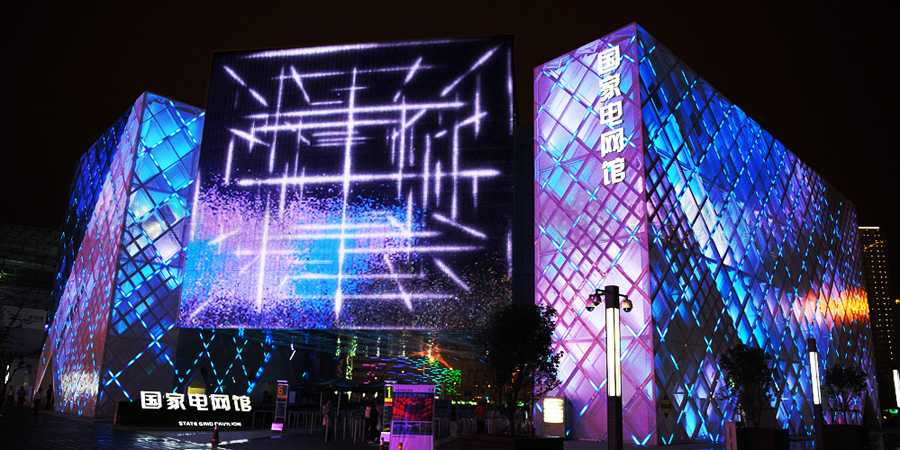LED display causes harmonics
LEDs require low-voltage DC drive, so LED displays use a large number of switching power supplies to drive the display modules. In order to reduce the loss of low-voltage DC current in various transmission links, the display power distribution generally adopts a large number of small-power switching power supply modules, and is configured into a distributed local low-voltage DC power supply mode. The low power (less than 350W) switching power supply module itself produces a rich harmonic power supply. The harmonic current generated by one or several such switching power supply modules has little effect on the power grid, even if the user does not notice it at all, but when the number of switching power supplies increases, the influence of harmonic current on the power supply system must be considered as a whole design.
This implementation method solves the problem of low-voltage transmission loss, but brings about harmonic pollution and excessive neutral current. The reasons are:
The switching power supply is a typical harmonic source with a very high harmonic content and its waveform is an intermittent spike. Due to the small capacity of the commonly used switching power supply (the typical case is the power supply of the larval computer), it has not attracted enough attention. However, if a large number of switching power supplies are working at the same time, the harmonics generated by them will not be neglected. If left untreated, it may cause pollution to the power supply network and cause unpredictable harm to other devices in the same network.
For a conventional three-phase approximately balanced load, the normal current of the neutral line is generally less than 30% of the phase current. Regardless of how the load distribution is configured in the display system, instantaneous three-phase unbalance will eventually occur due to changes in the display screen. The influence of the value of harmonic current, the current of the neutral line can reach 280% of the phase current
Project site brief introduction
The Magic Box Exhibition Area of the National Grid Pavilion of the Shanghai World Expo is the highlight of the National Grid Pavilion. The entire magic box area is composed of six large LED large screens. The power load of the magic box area is 4000 200W switching power supplies, which are controlled by three electric control cabinets. The switching power supply is a typical harmonic source. It has high current harmonic distortion rate, large harmonic content, wide harmonic spectrum, capacitive load and low power factor. When a large number of switching power supplies are used intensively, the neutral current is too high, the power factor is low, and the current harmonic distortion rate is high, which affects the normal operation of the entire magic box exhibition area.
Harmonic treatment plan:
Based on the characteristics of the site, an ACTSine-100F power active filter developed by Shanghai Lisi Electric Co., Ltd. was installed in parallel next to the three-sided electric control cabinet in the Magic Box Zone. The equipment parameters are as follows:
The ACTSine-100F power active filter produced by Shanghai Lisi Electric Co., Ltd. has the characteristics of large compensation capacity, fast tracking speed, simultaneous compensation of harmonics and reactive power, and lack of phase operation. It fully satisfies the harmonics of the site. Compensation requirements.
Harmonic treatment effect analysis:
The LED screen of the Magic Box area is played by the National Grid Pavilion Expo propaganda film, and its working current changes rapidly. The harmonic compensation effect of the active power filter is significant during the whole process: the harmonic distortion rate after compensation is 80 Between %-95.7% and 4.5%-8.4%, the harmonic suppression rate is above 95%; the power factor after compensation is increased from 0.5 to 0.97; the total neutral current of the three-sided electric control cabinet after compensation is 12A. Between 29A (150A to 350A before compensation).








